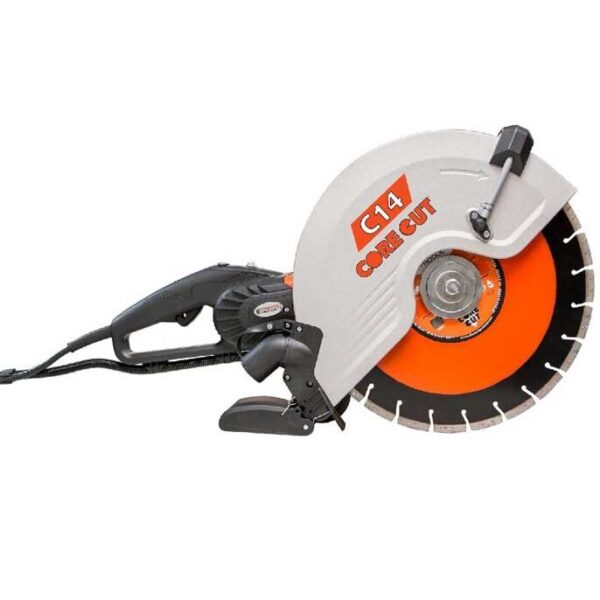Tuck pointing is a crucial technique in masonry restoration that involves repairing and maintaining the mortar joints between bricks or stones. When done correctly, tuck pointing can help preserve the structural integrity of a building and enhance its visual appeal. However, mastering tuck pointing requires skill, patience, and attention to detail.
One of the most important aspects of tuck pointing is selecting the right tools and materials for the job. You will need a pointing trowel, a mortar hawk, a mortar jointer, and a stiff brush to remove debris from the joints. Additionally, you will need high-quality mortar mix that closely matches the color of the existing mortar. Using the right tools and materials will ensure that your tuck pointing job is durable and blends in seamlessly with the surrounding masonry.
Before you begin tuck pointing, it is essential to prepare the work area thoroughly. Remove any loose or damaged mortar from the joints using a chisel or a grinder, being careful not to damage the surrounding bricks or stones. Once the joints are clean and free of debris, brush them out to remove any dust or dirt.
When applying the mortar, it is important to work quickly and efficiently to prevent it from drying out too quickly. Use the pointing trowel to press the mortar into the joints firmly, making sure to completely fill the voids without leaving any air pockets. Once the joints are filled, use the mortar jointer to create a smooth and uniform finish that matches the original design of the masonry.
After completing the tuck pointing, allow the mortar to cure for at least 24 hours before cleaning up the excess mortar from the surface of the bricks or stones. Use a stiff brush to remove any leftover mortar and debris, taking care not to disturb the newly repaired joints.
One of the key benefits of mastering Tuck Point is the preservation of the building’s structural integrity. By repairing damaged mortar joints, you can prevent water infiltration and moisture damage, which can compromise the stability of the masonry over time. Tuck pointing also helps prevent further deterioration of the bricks or stones, extending the lifespan of the building and reducing the need for costly repairs in the future.

In addition to improving the structural integrity of the building, tuck pointing can also enhance its visual appeal. By carefully matching the color and texture of the new mortar to the existing masonry, you can create a seamless and cohesive look that enhances the overall aesthetic of the building. Properly executed tuck pointing can help restore the original beauty of historic structures or modernize the appearance of older buildings.
In conclusion, mastering tuck pointing is essential for anyone involved in masonry restoration. By following best practices and using the right tools and materials, you can effectively repair and maintain the mortar joints of a building, preserving its structural integrity and enhancing its visual appeal. With patience, attention to detail, and a commitment to quality craftsmanship, you can achieve excellent results with tuck pointing and ensure the longevity of the masonry for years to come.
In conclusion, tuck pointing is a valuable skill that can help maintain the structural integrity and aesthetic appeal of your masonry work. By following the proper techniques and understanding the benefits, you can protect your home or building for years to come. Whether you’re looking to restore an old brick wall or simply enhance the appearance of your property, tuck pointing is a wise investment that can make a world of difference.






















![InstaPro APK Download Latest Version 2023 [Anti Ban]](https://olo.my.id/wp-content/uploads/2023/10/instapro-100x70.jpg)
